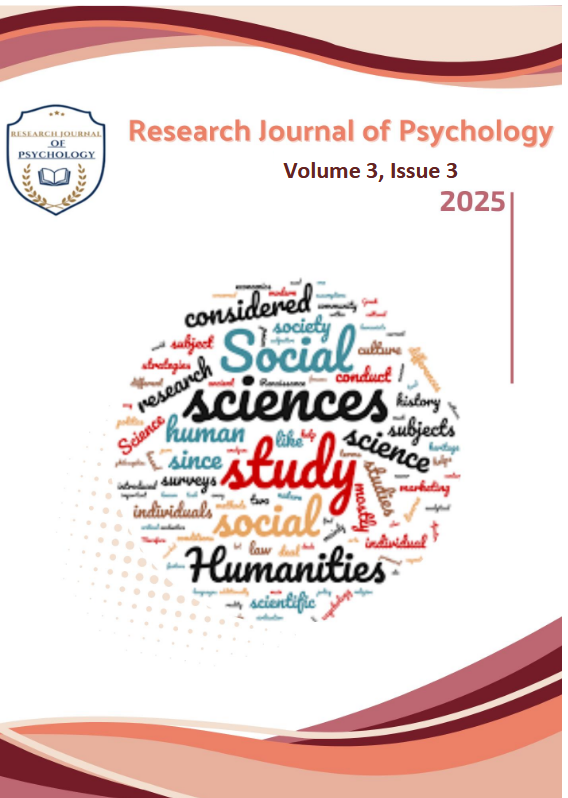Relationship Satisfaction as Mediator of the Relationship between Interpersonal Communication and Relationship Commitment
DOI:
https://doi.org/10.59075/rjs.v3i3.189Keywords:
Interpersonal communication, relationship satisfaction, relationship commitment, and engaged young adultsAbstract
The present research investigated the relationship between interpersonal communication, relationship satisfaction and commitment in young adults. It was hypothesized that there would be a positive significant relationship between interpersonal communication, relationship satisfaction and commitment in engaged young adults. Moreover, relationship satisfaction would mediate the relationship between interpersonal communication and commitment. Using convenient sampling technique 100 engaged young adults were drawn from university and general public of Lahore with age range (M=23.46, SD = 2.6). The Interpersonal Communication Motive Scale (Robin et al., 1988), Satisfaction Scale (Burns, 1993) and Commitment scale (Rusbult et al., 2009) were used. The results indicated a significant positive relationship between study variables, furthermore Process Mac was used to assess the mediation and the findings indicated the presence of partial mediation of relationship satisfaction. These findings have important implications for the significance of interpersonal communication before marriage between engaged young adults for the satisfaction and commitment with relationship in future.
Downloads
Published
How to Cite
Issue
Section
License
Copyright (c) 2025 Research Journal of Psychology

This work is licensed under a Creative Commons Attribution 4.0 International License.







